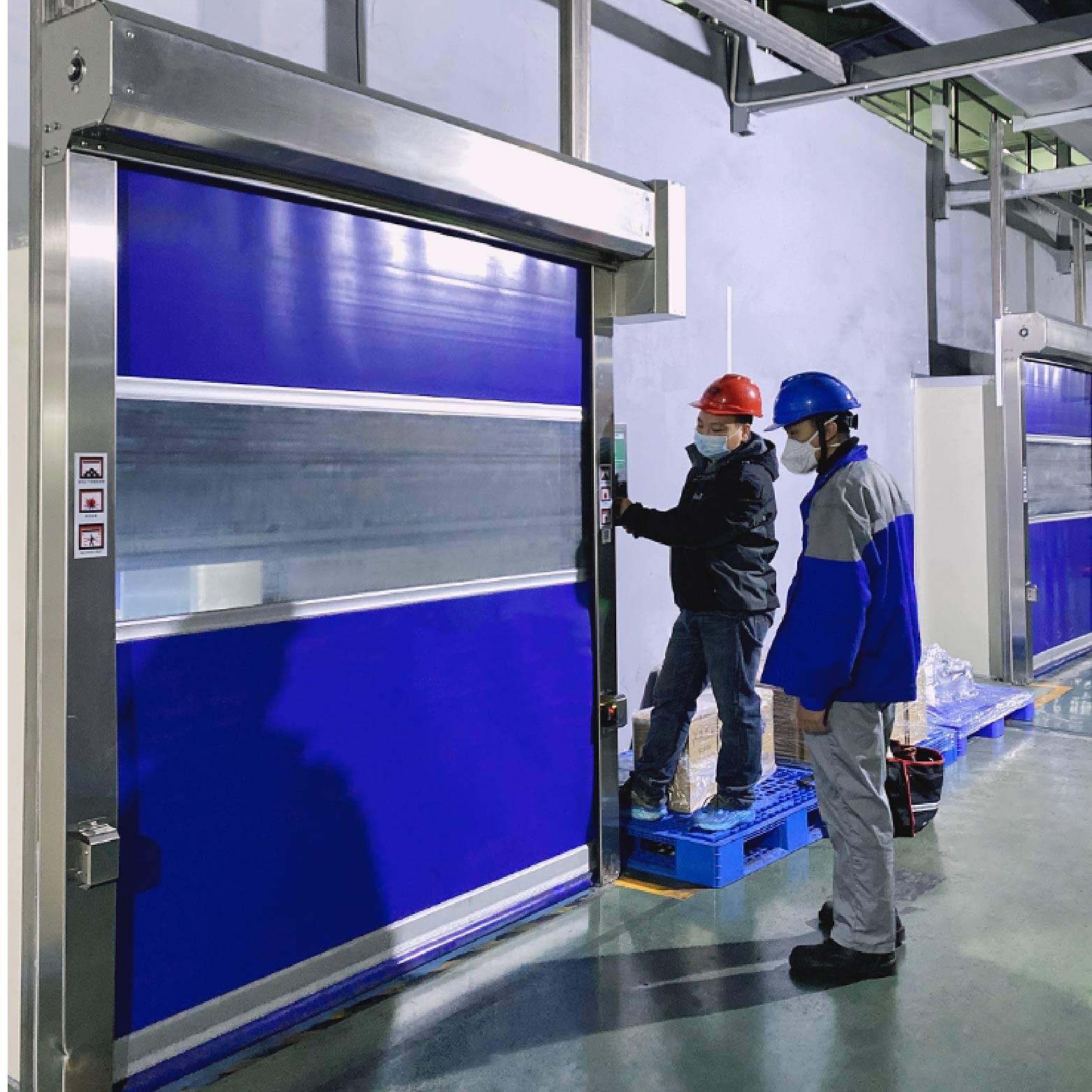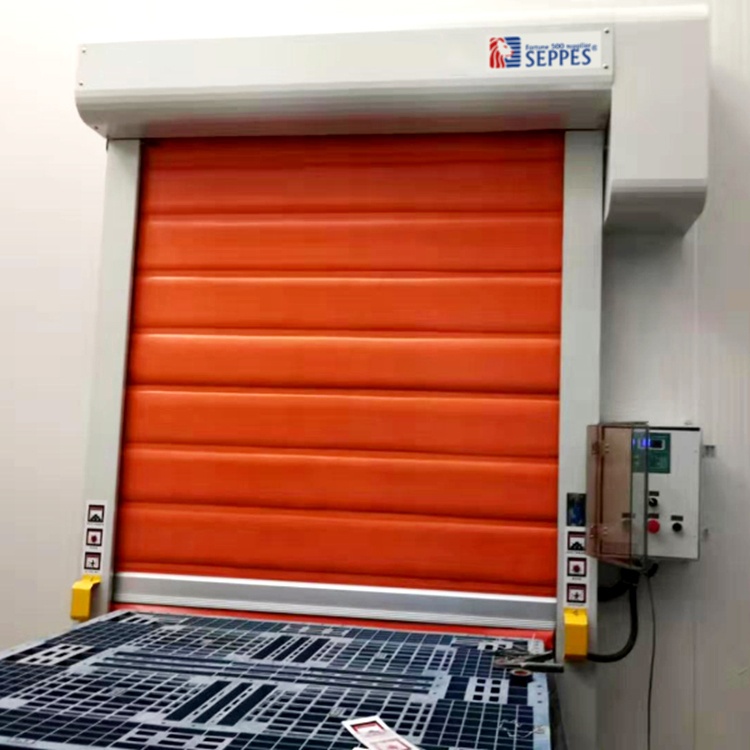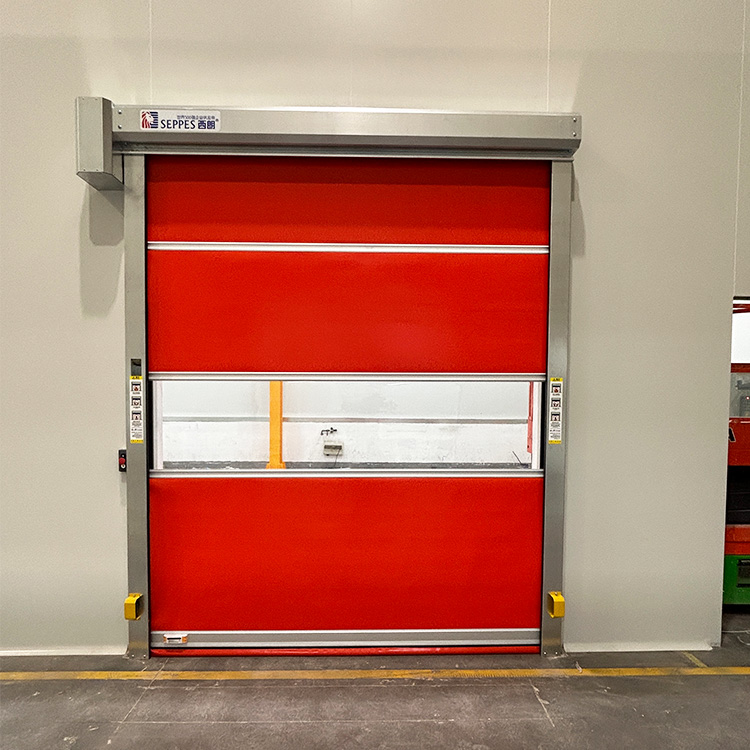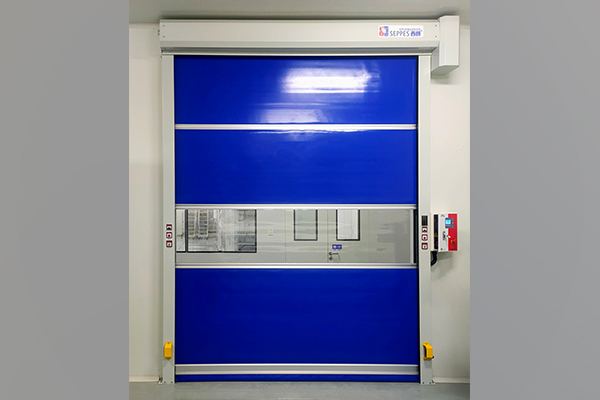Advantages of Installing High-Speed Doors in Automobile Factories
In modern automotive manufacturing, optimizing production efficiency and the production environment is crucial for overall operational effectiveness. In this context, high-speed doors play a significant role in the operation of automobile factories. Their unique design and functionality offer several notable advantages:

Improved Production Efficiency: High-speed doors can open and close rapidly, reducing waiting times for vehicles and personnel entering and exiting the factory. This enhances the efficiency of production lines.
Dust and Pollution Prevention: Maintaining a highly clean production environment is essential in automotive manufacturing to prevent dust, particles, and contaminants from entering. The rapid closing feature of high-speed doors minimizes the ingress of such substances, ensuring a clean production environment.
Temperature Control: Specific temperature conditions need to be maintained during various stages of automotive production, especially in areas like painting. High-speed doors can quickly close, minimizing temperature fluctuations and helping maintain the desired environment.
Enhanced Safety: High-speed doors are designed for swift closure, reducing the risk of accidents for vehicles and personnel in the door area. Some high-speed doors come equipped with safety sensors and collision avoidance systems, detecting obstacles and immediately stopping or reversing motion to enhance safety.
Energy Efficiency: The rapid opening and closing of high-speed doors help reduce energy losses, particularly when maintaining specific temperature conditions. This contributes to lower energy costs and improved energy efficiency.
Optimized Vehicle Flow: For vehicles that require frequent entry and exit, such as raw material supply vehicles and finished product transport vehicles, high-speed doors provide faster passage, optimizing logistics flow.

In summary, installing high-speed doors can enhance production efficiency, safety, and environmental control in automotive manufacturing plants, ultimately optimizing manufacturing processes and overall operational efficiency.




Comment (0)